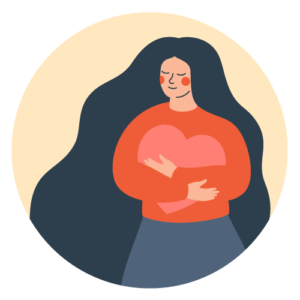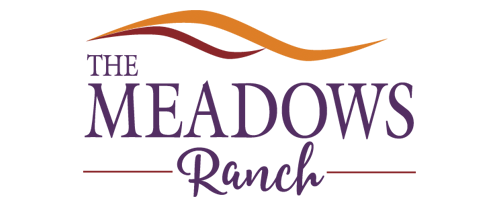For decades, the media has portrayed an unrealistic standard of the female body. This has been seen in advertisements, social media, prominent actresses and celebrities, clothing, movies and more. When society is permeated with a body type that is elevated as the only desirable one, this inevitably alienates the countless women who don’t fit this mold.
One of the more damaging body image rhetorics in our day today comes from “fitspiration,” a popular trend cycling through social media, that glorifies a woman’s body type that is both extremely thin and muscular. While an increasing number of girls and women are exposed to this body type, the reality is that there is an enormous disparity between the average female body and the “ideal” women’s body type that is glamorized in our culture and all over the media.
What does this mean? Plain and simple, less than 5% of women actually naturally have the body type that is portrayed as desirable in the mainstream media. Yet countless girls and women are striving to fit into a mold that they were never meant to be part of.
What does it do to a woman’s body image when she is continually viewing a single body type ideal that she cannot realistically attain?
What does it do to a woman’s body image when she is continually viewing a single body type ideal that she cannot realistically attain?
Lack of Body Diversity Triggers Body Image Struggles
The truth is that there is no wrong way to have a body. But when a woman is constantly comparing her body type with the one body image ideal that is highlighted as desirable, this can be a trigger for poor body image.
Research has found that women are particularly susceptible to repeated exposure of thinner bodies, which can contribute to lower self-esteem, worsened moods, and overall body dissatisfaction [1]. Also, many women who aspire to change their bodies to fit this thin ideal that is commonly portrayed in the media are more likely to engage in negative eating behaviors, including purging and restrictive eating [1].
When only one body type is glorified, women’s bodies become objectified, and appearance is elevated as the most important thing to be valued. This can create a dangerous mindset for many women, especially those who may be susceptible to mental illnesses, such as eating disorders, mood or anxiety disorders.
Trying to change your body to fit a standard that is both unrealistic and nonrepresentational of the majority of women can be harmful, both physically, mentally, and emotionally. One of the most powerful ways to counter this is to encourage, highlight, and celebrate body diversity.
How to Incorporate Body Diversity
Body diversity acknowledges the many possible ways to have a body and understands that no one way is better than another. This is crucial for helping women break free from the overwhelming pressure that comes from feeling like their bodies are somehow not good enough as they are, just because they do not fit the portrayal of what is “acceptable” in the media.
Here are some practical ways you can begin practicing body diversity to create freedom for yourself to build a positive body image, no matter the size or shape of your body:
- Aim to Emphasize Your Well-Being, Not Just Your Appearance: When a particular body type is objectified, appearance takes on greater value than everything else. This can create significant body image distress for women who always feel like they are not measuring up. It’s important to challenge this notion by understanding that women are more than their bodies and the way they look. When you can place greater importance on what your body is capable of doing, this can help free you from this mindset.
- Challenge Body Stigma: The trouble with glorifying one body type is that it elevates it above others and alleviates the majority of those who don’t fit this standard. This can create stigma toward women who may be average or larger body types. By embracing women of all body types and treating others with respect and dignity, regardless of their body size, you can help challenge body stigma.
- Celebrate Body Diversity and Differences: Embracing body diversity means looking at places in your life where you can celebrate the differences in body types that make us unique. For starters, take a look at your social media platforms and the accounts you follow. Do you mostly follow accounts that elevate a particular body type? Curate more body-positive social media feeds by intentionally following others who celebrate body diversity. It’s also important to remember to start with yourself, too. Do you embrace who and what your body was meant to be or do you find yourself resisting it or trying to change it? Celebrating body diversity starts with believing that your body is worthy of kindness and respect, exactly as you are.
Building a positive body image can come from a foundation of body diversity and one that seeks to honor the many different shapes and sizes that our bodies represent.
If you have been struggling with poor body image or negative eating behaviors that have made it hard for you to care for yourself, please know that you are not alone. Our team at The Meadows Ranch would love to guide you through the process of healing and recovery so you can live confidently and freely in your own and only body. Connect with us today to learn more about how we can help you.
References:
[1]: Ferguson, C. J. (2013). In the eye of the beholder: Thin-ideal media affects some, but not most, viewers in a meta-analytic review of body dissatisfaction in women and men. Psychology of Popular Media Culture, 2(1), 20-37.http://dx.doi.org/10.1037/a0030766

